In a previous post, we discussed the proper way to mount your scope, in this article we will go over how to sight in your optic.
“Sighting in” simply means we want to ensure that the point of aim and impact are the same. That point of impact is often called the “zero” so that is why sighting in the rifle is often referred to as “zeroing in the rifle.”
The zeroing-in process discussed below should work with all rifles and scope combinations.
Getting a rough zero
This is the starting point, before we make any fine adjustments we want to get our point of impact somewhere within a few inches of our point of aim.
Like everything I will be discussing below, there are several ways to accomplish this. I usually like to start zeroing in my scope with the target at a close range (maybe 15 or 20 yards away). If we start with our target at 100 yards plus then our bullets may miss the target entirely and we won’t know which way to adjust the optic, at 15 yards that is usually not an issue.
We recommend sighting in your scope from a sitting or prone position, but when getting a rough zero the target is so close you can probably do it from a standing position without any issue.
If you are going to a shooting range to sight in your scope it may not be an option to set your target at exactly 15 yards. Most gun ranges have predetermined targets set at specific yardages. So for example if the minimum range is 50 or 100 yards your best option would be to use a really big target or to put two or three targets next to each other.
So to get started, lower your optic magnification to its lowest setting then shoot three rounds at your target. See where the three rounds hit your target and start making adjustments from there.
The reason you should shoot three rounds is that if your impact points are not close to each other (not a good grouping) then that usually indicates something is loose. Most likely a mounting issue. If you have a nice tight group no matter where they are on the target then at least you know your scope is mounted correctly.
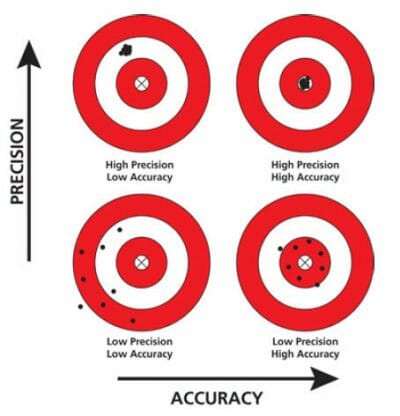
At this initial “rough zeroing in” stage you really just want to make sure the windage (left/right) adjustment is close to your aim point. Elevation adjustment is not as important right now because as you move your target back the elevation will change and need to be adjusted again.
Depending on where your impact point helps determine how many clicks you will need to make on the scope turrets. Most scopes are 1 MOA per click. There are a few high-end scopes that are different but the majority are 1 MOA per click. So what does that mean? That means if I shoot my rifle and it hits 6 inches low of the intended mark (at 100 yards) then I would need to make 6 clicks on the elevation turret. After adjusting, you will need to take some more shots and re-adjust because each scope is a bit different and are not always exactly 1-inch increments. This method holds true for windage (left and right) adjustments as well.
At a distance of only 15 yards I usually just guesstimate the clicks until I get pretty close to the bullseye. When you move it back 100 yards then you will need to pay closer attention to the exact MOA clicks needed.
Another option is to bore sight your rifle first. There is a tool that you can purchase that uses a laser to align it properly, but there is also an old-school way that doesn’t require that tool. The old school way doesn’t work with all rifles but it works with most bolt action rifles and ARs if you remove the upper receiver first.
How to bore sight your rifle
Bore sighting is pretty simple, what you need to do is remove the bolt first then look through the bore locking in the target. While holding your rifle as still as possible (a gun vise works best), adjust your scope such that the crosshairs are also aligned with the target, which will generally get you very near to your aim point.
It’s very easy to do with a bolt action rifle because of how easy it is to remove the bolt. The hardest part is keeping the rifle still while you adjust the scope. Bore sighting is much easier if you have a rifle vise that allows you to keep the rifle in the exact same position while you adjust the scope.
The best ammo for sighting in your rifle
When getting the “rough zero” you do not need to use your expensive ammo. Any range ammo will suffice. You should only be using your hunting load, match load, or self-defense load for when you are fine-tuning at longer distances. So to start, use your everyday cheap range ammo.

What distance is best for zeroing in a rifle scope?
The simple answer is 100 yards. The complicated answer is that there are a lot of competing philosophies about what is the best distance to zero your rifle depending on the cartridge you are shooting and the approximate range you expect to be using your rifle. That is not something I will not be getting into with this article.
Zeroing in at 100 yards allows you to easily readjust your scope later for other distances. The only exception is if you are zeroing in a 22lr, then I would suggest you start zeroing in at 50 yards.
How to sight in a rifle scope for 100 yards
Now that you have your scope roughly zeroed in you can move the target back to whatever range you are comfortable with. Around 100 Yards.
Switch over to the ammo you will normally be shooting with (if you haven’t already) and get in the prone shooting position or seated with a bench. We want to remove all possibilities of human error when fine-tunning our zero. So get in the most stable position that you can before beginning.
Fire your three rounds, check the grouping, check the impact point in relation to your aim point, then start adjusting your elevation and windage turrets using the MOA method mentioned above.
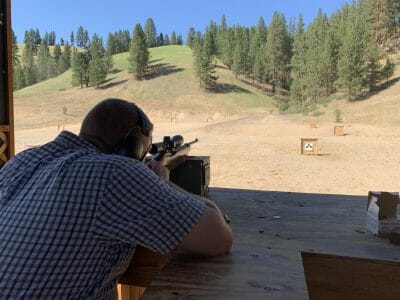
Now you are zeroed in
Of course, we all want to hit the bullseye every time but don’t spend hours and lots of ammo chasing that perfect zero. There are so many factors that can push your impact point a little off. As long as you have close groupings near the bullseye then you have achieved your goal and should be proud. Don’t forget to periodically take your gun out of its case and check to see if it’s still holding true, there is nothing worse than setting out on a hunt with a scope that has been knocked off its zero during use or transportation.

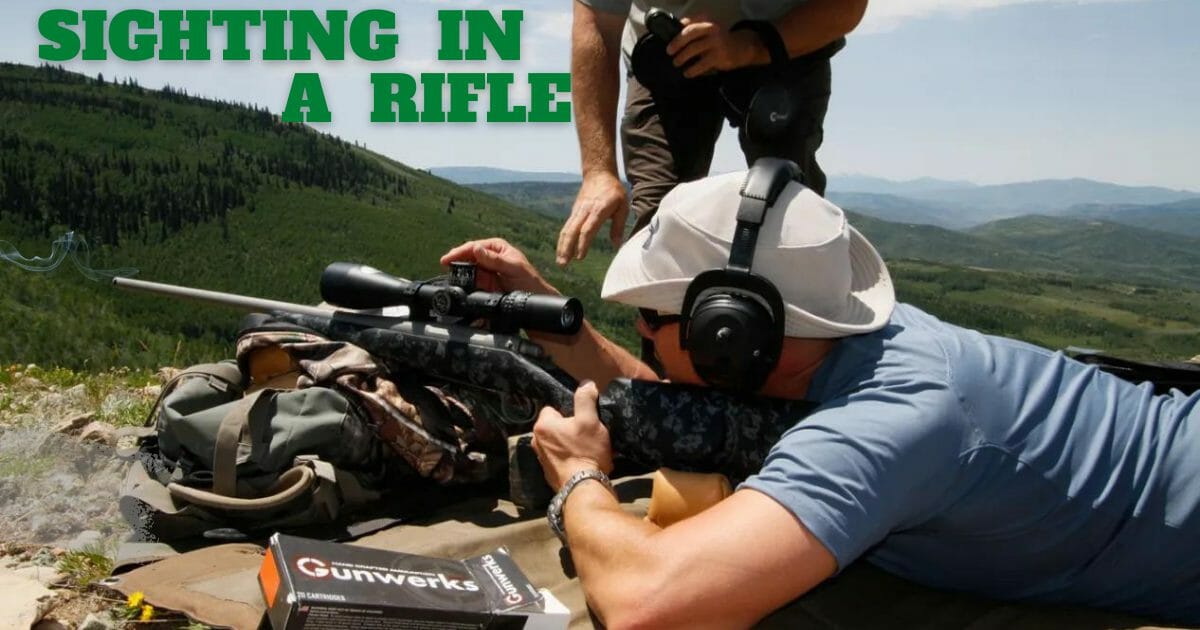


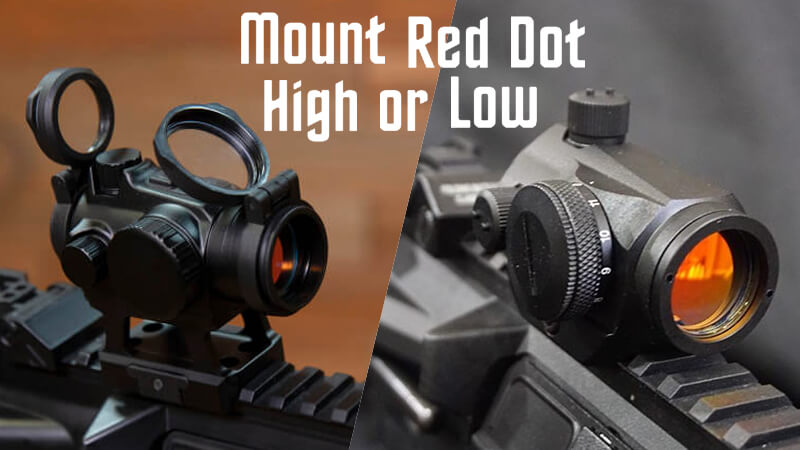
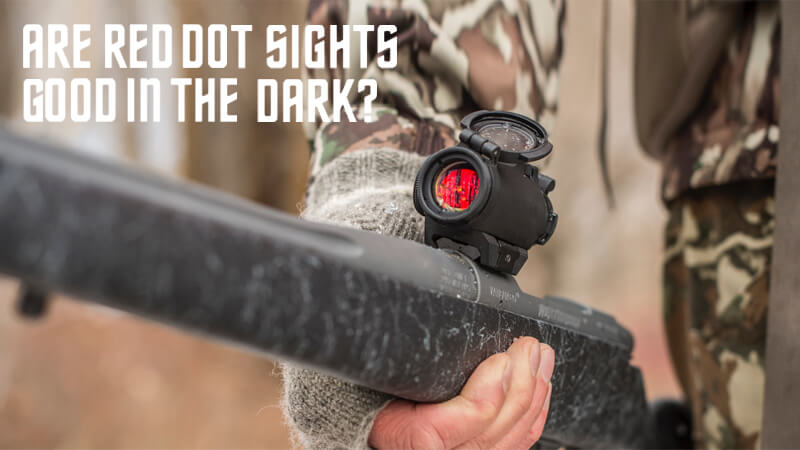
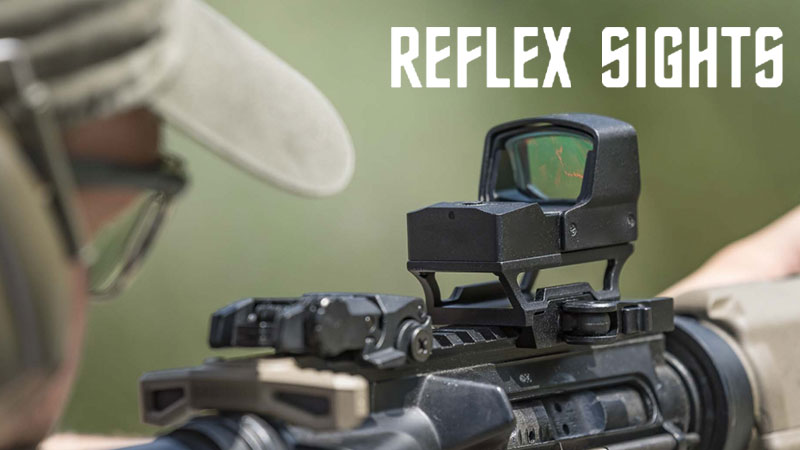

Leave A Comment
You must be logged in to post a comment.